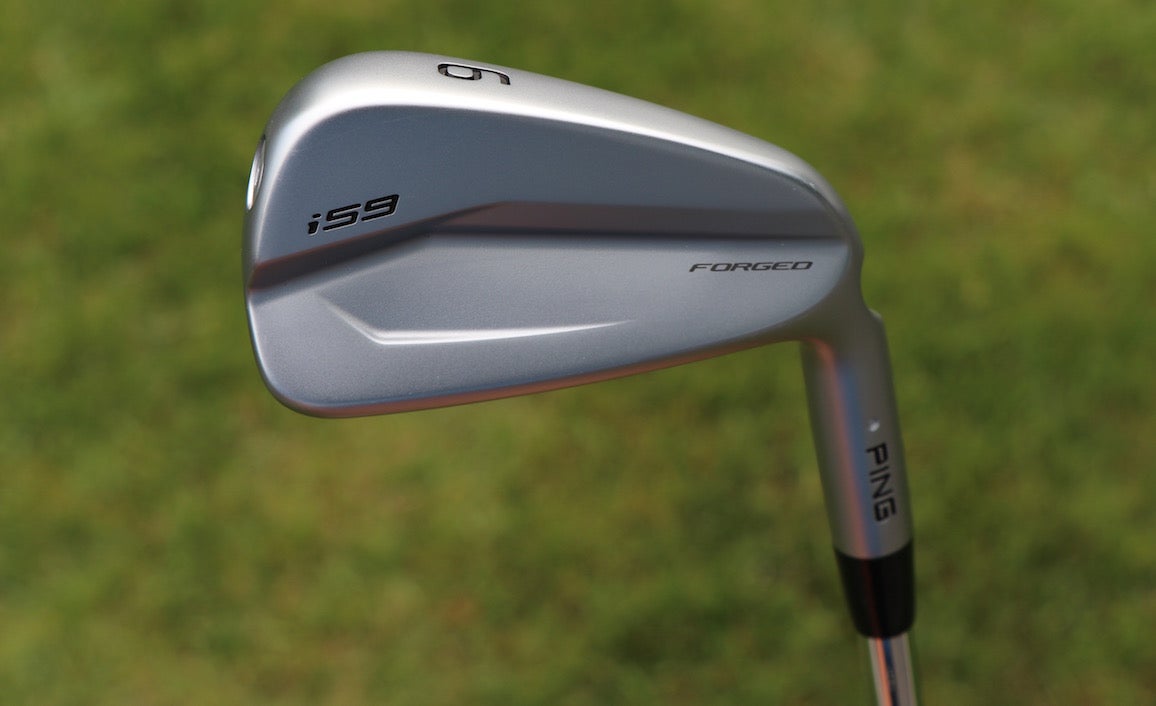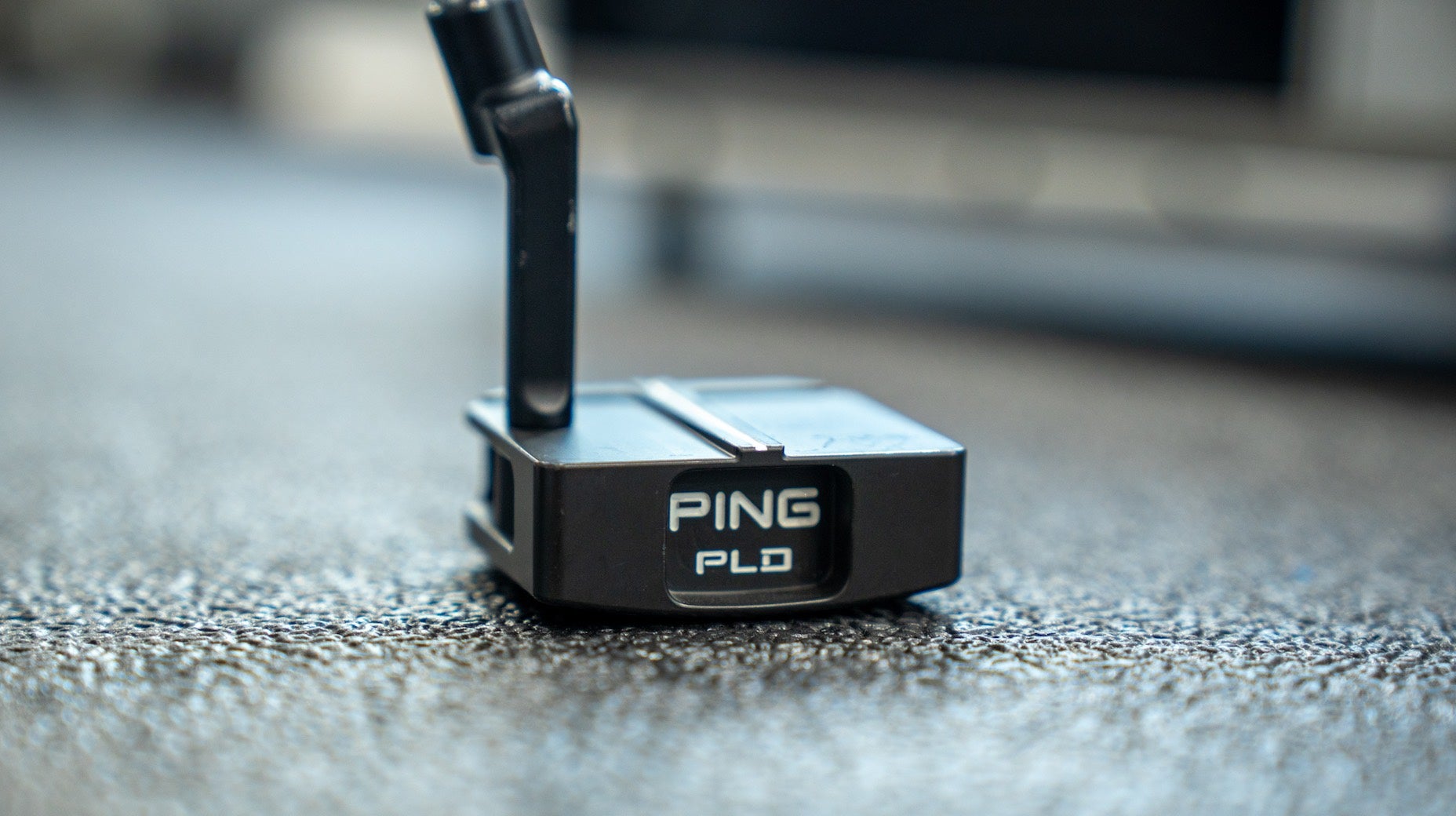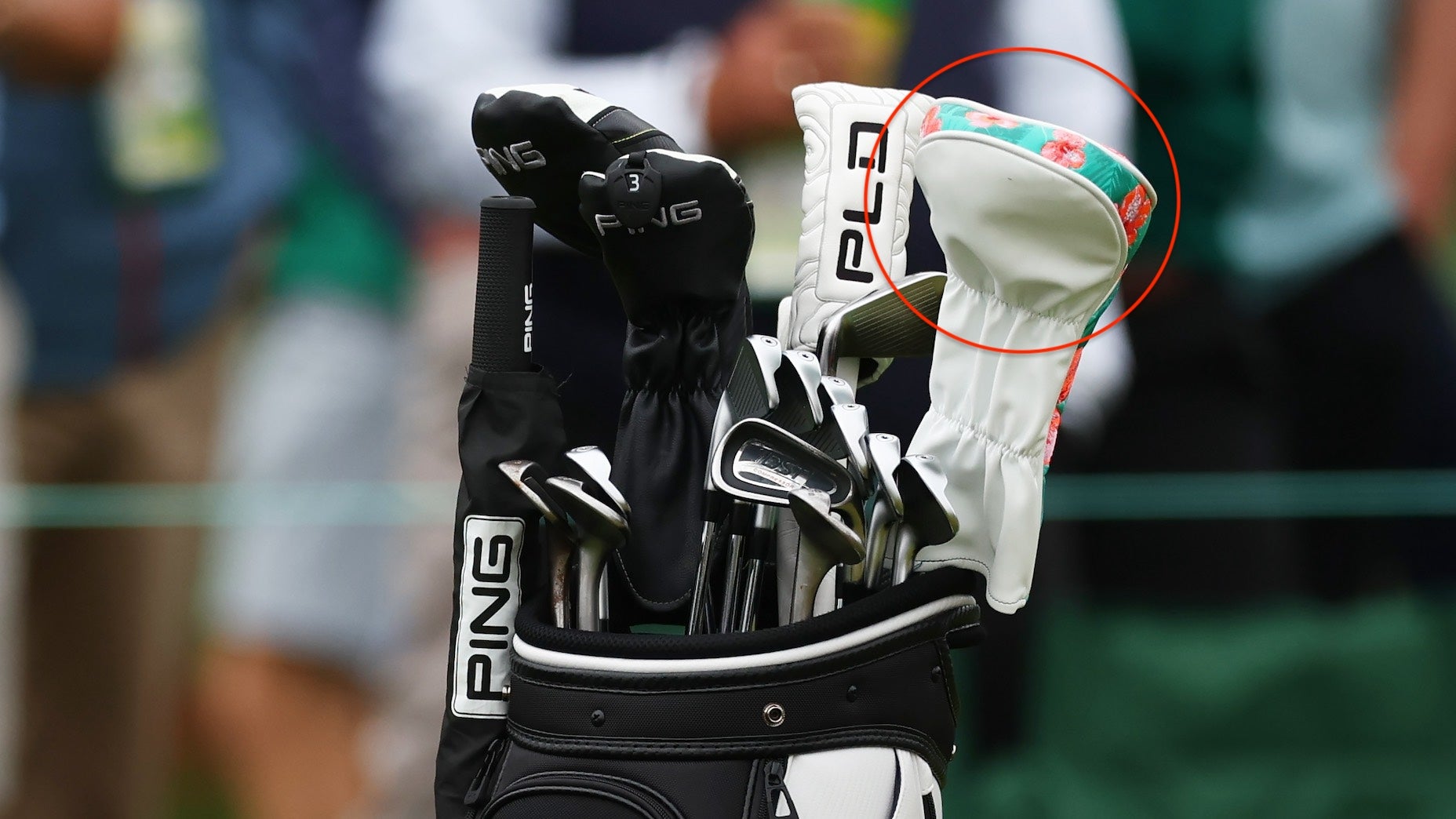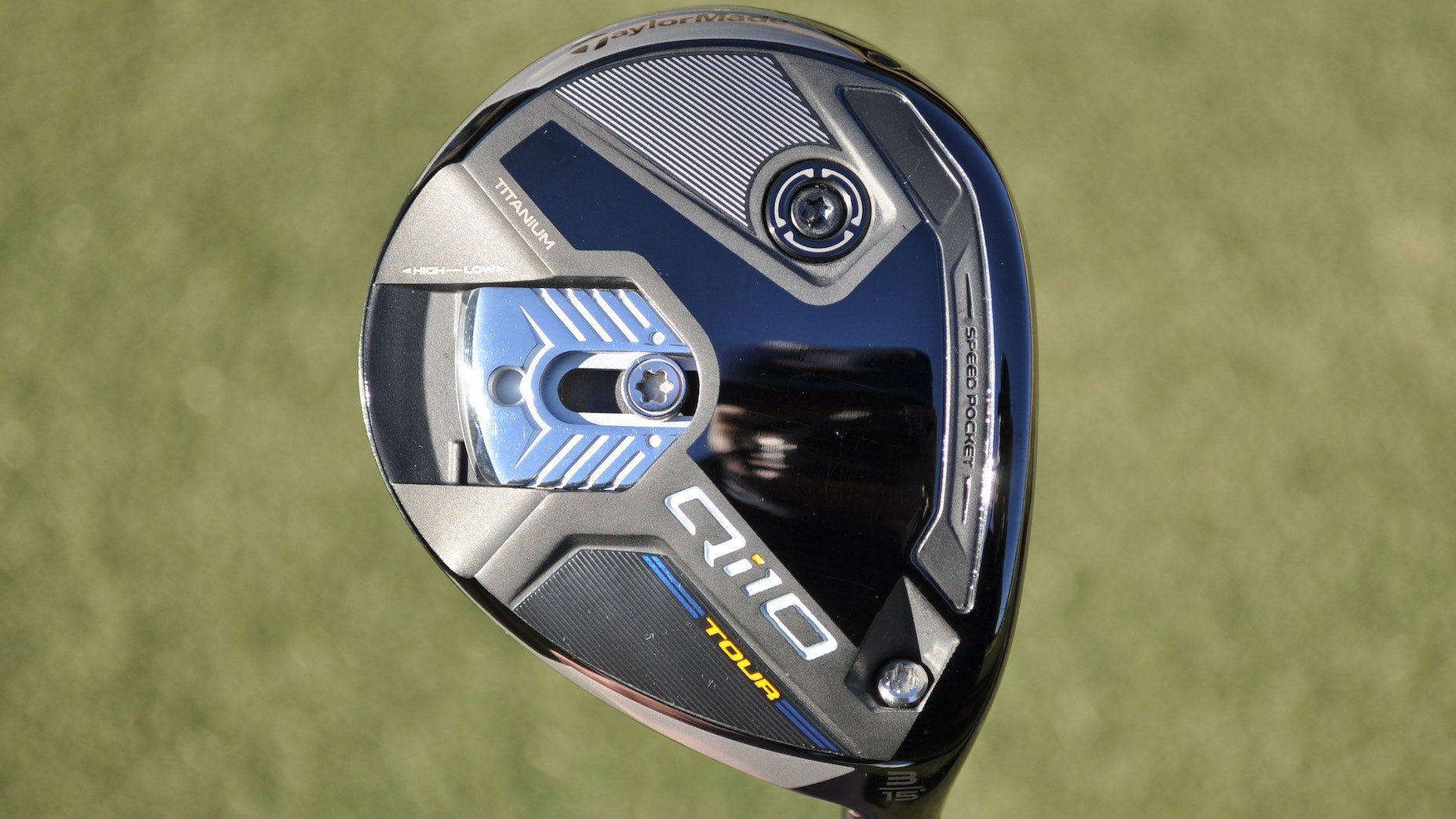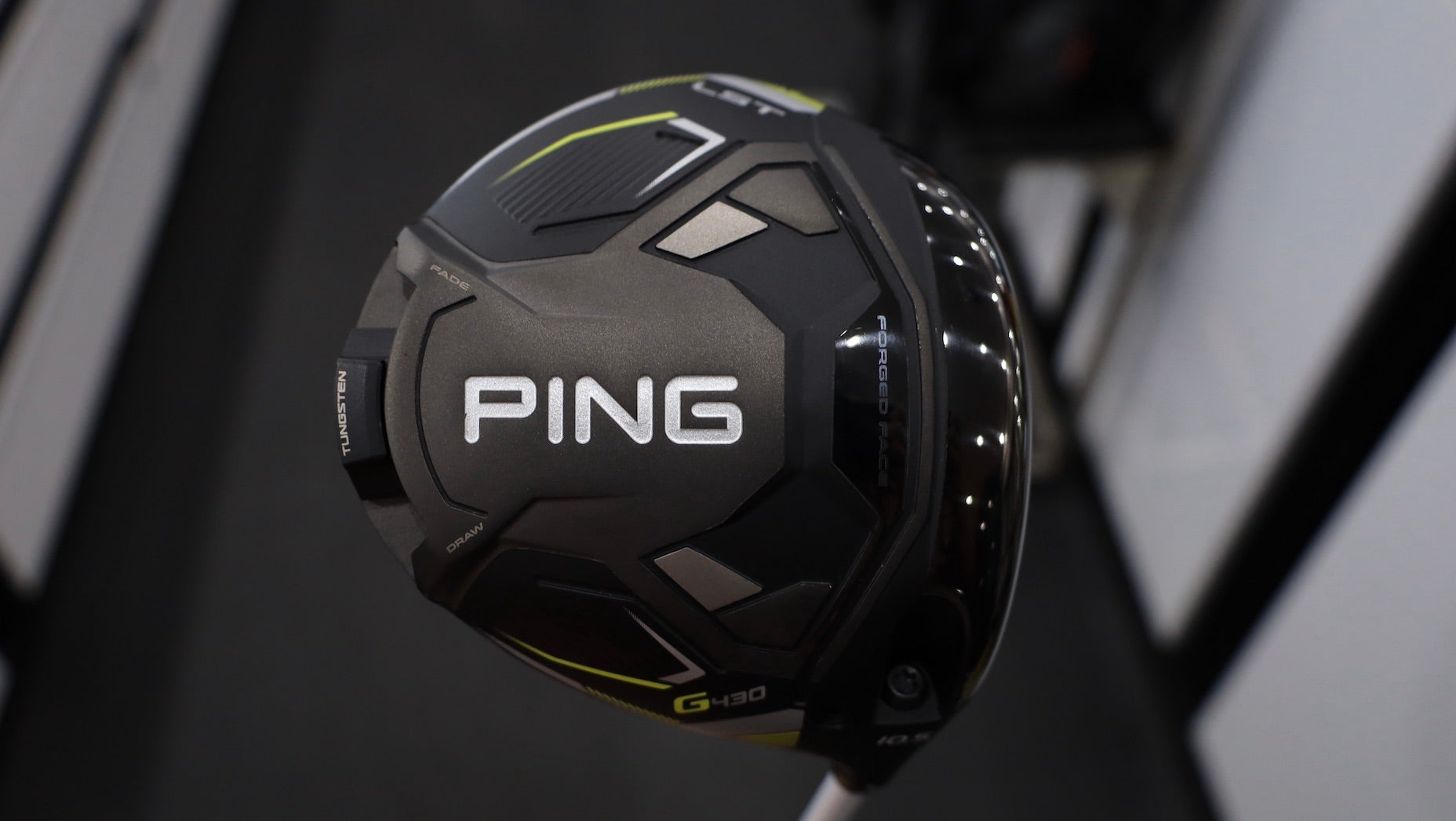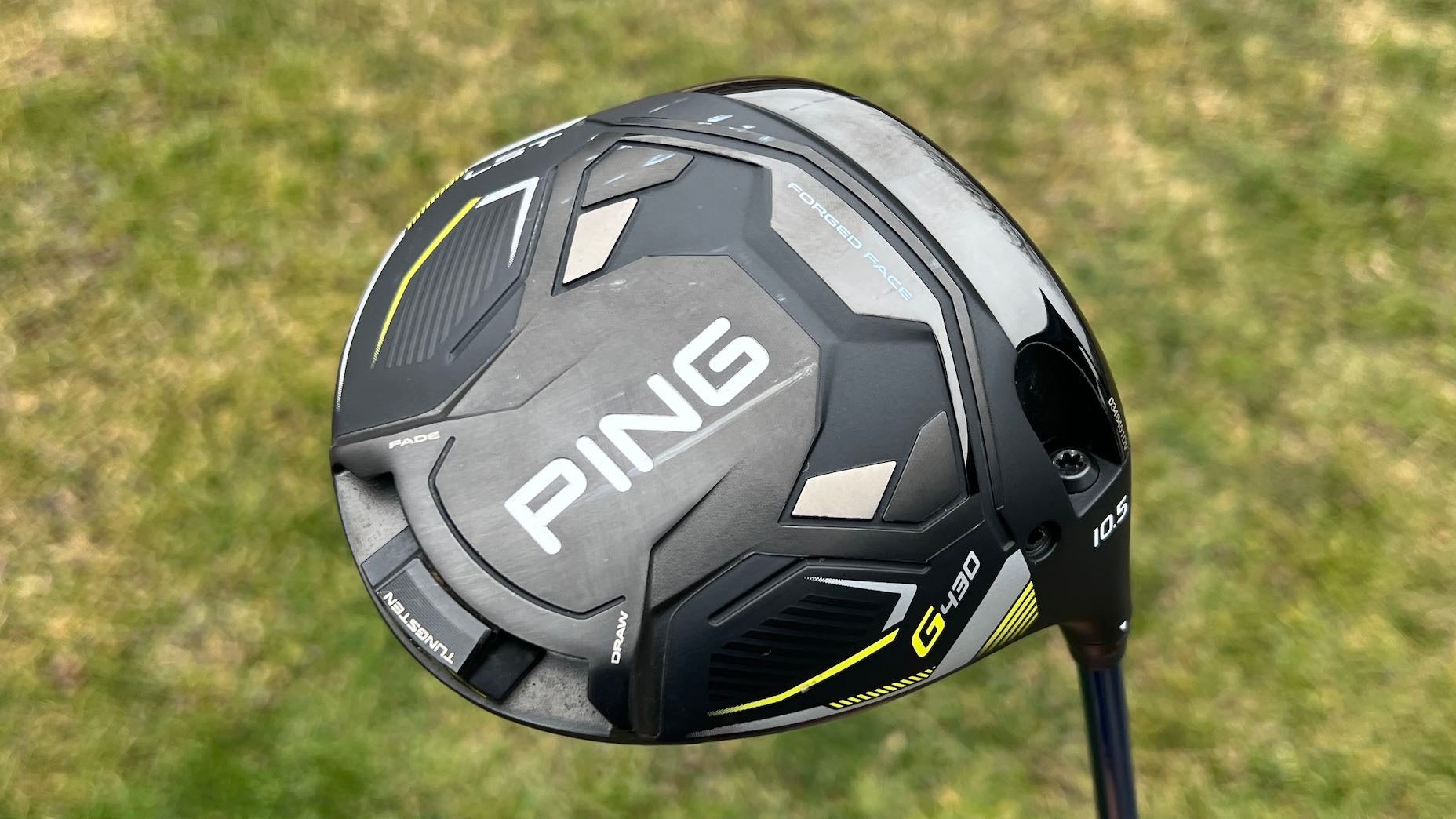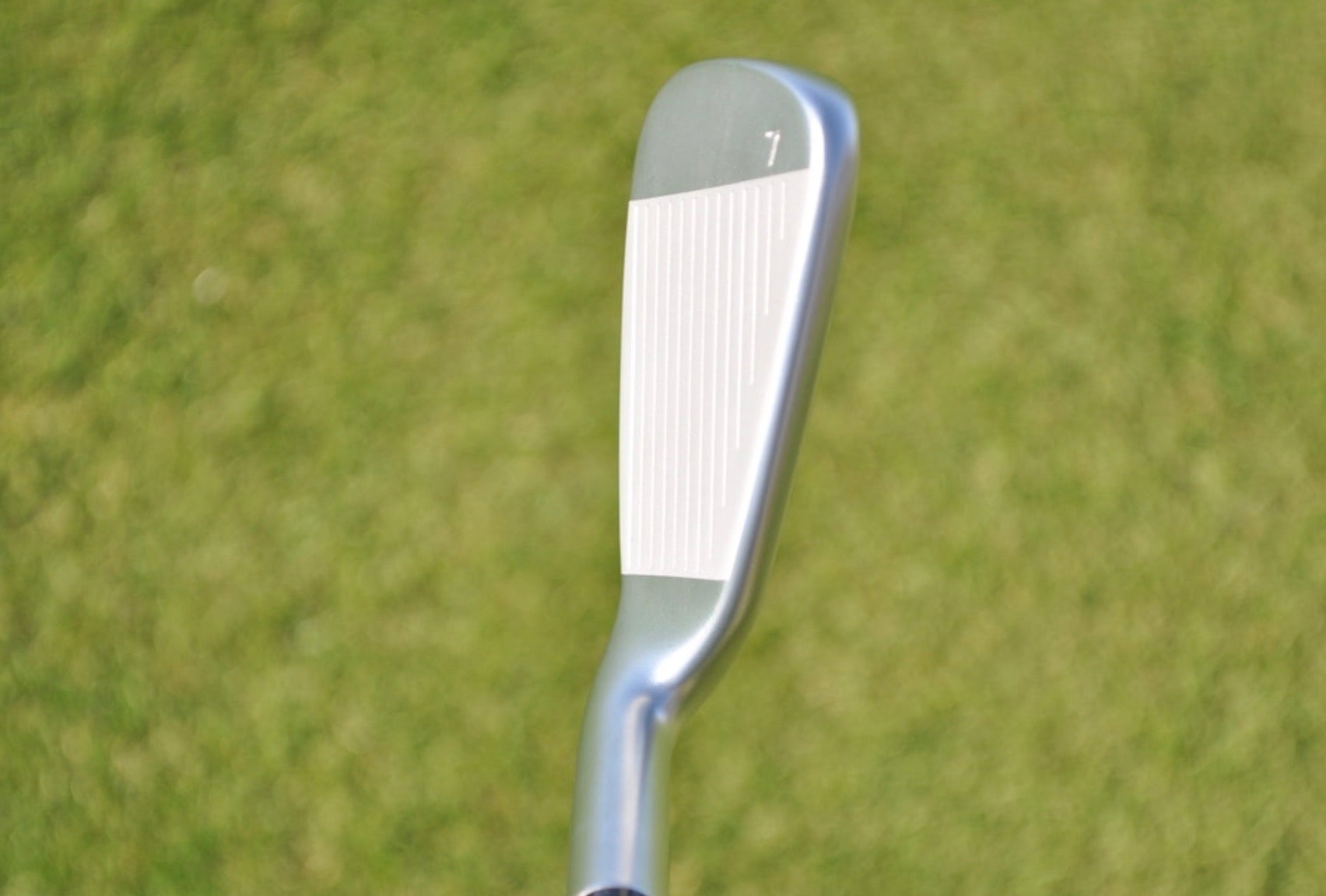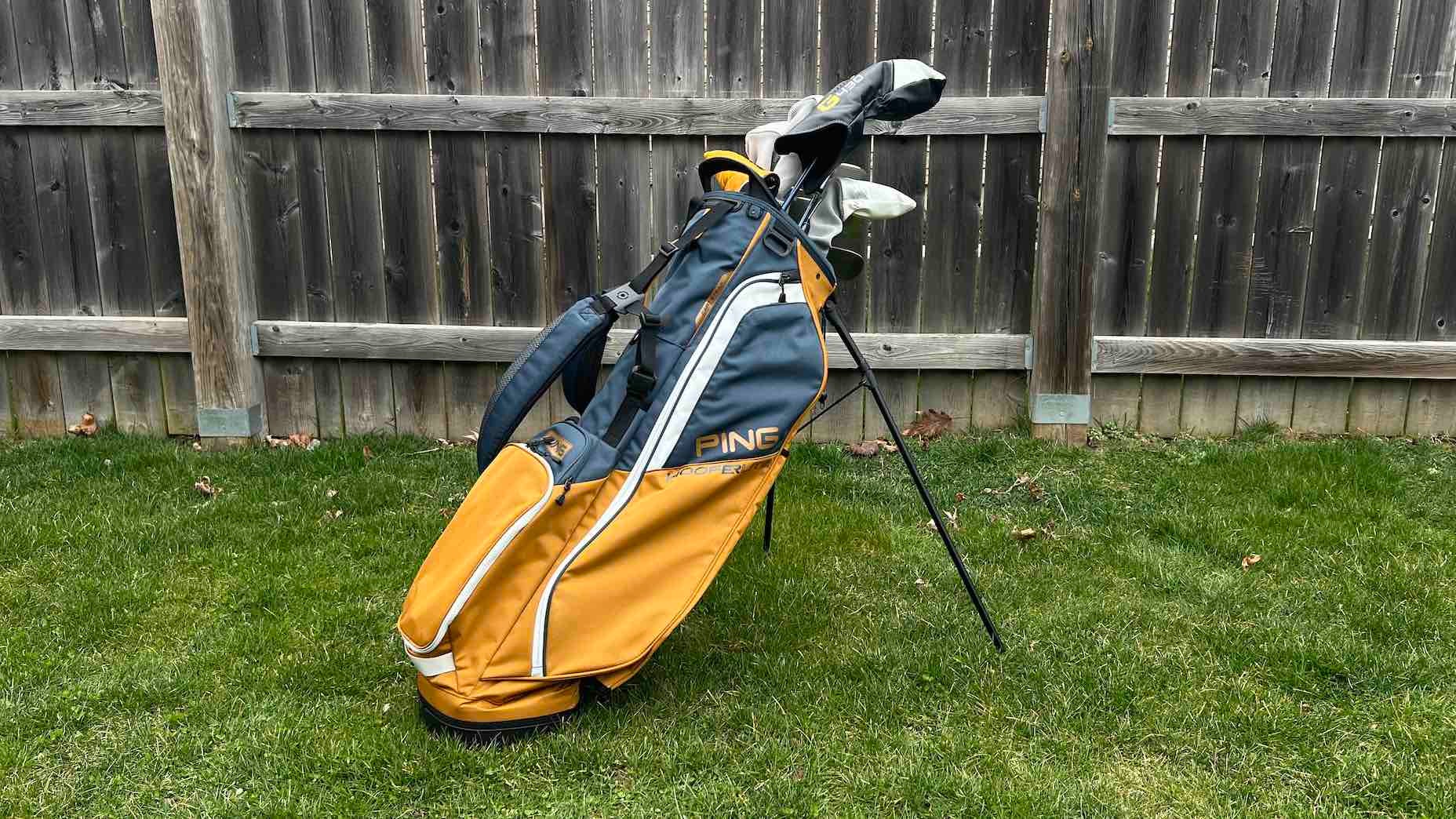Mention the words “club fitting” to a golfer and most will assume you’re talking about the 14 sticks in their bag. To be clear, building a set of clubs that’s tailor-made to accentuate strengths and mitigate weaknesses is a recipe for success on the course. But there’s more to creating a strong setup than simply looking at what’s in your hand.
The golf ball you’re playing must be considered as well.
Finding a ball that matches your game (and clubs) can take a standard fitting to new heights, prioritizing wants and needs (a ball that performs well in the wind) over things you might not need (additional greenside spin).
While some equipment manufacturers have rolled out their own ball fitting platforms over the years, Ping believes its new virtual ball-fitting tool, called Ballnamic (ballfitting.com), is a step ahead of the competition.
Powered by Ping’s proprietary ball-specific flight models and algorithms that have been developed by engineers and data scientists, the software is able to suggest the five best-matched balls for your game from more than 40 unique models, including direct-to-consumer offerings.
Performance characteristics on each ball housed inside the system come from testing conducted at the Ping Proving Grounds. Using the Ping Man swing robot, doppler radar and “carefully monitored weather conditions,” Ping researchers can measure ball performance in both wet and dry conditions for every club in the bag. The end result is an algorithm that can approximate how a ball performs across a range of speeds and lofts.
Available through ballfitting.com for $39 — custom-fitting facilities can license the application through Ping as well — the fee grants consumers access to the platform for 24 hours. Once logged in, golfers create a profile, answer questions about ball performance, along with performance preferences for their long game, irons, wedges, short game and putter.
For those who don’t have access to launch monitor numbers, users can still enter their total distance with a driver and 7-iron — in addition to launch and spin rate — to gain an accurate snapshot of their game.
“We’ve been using Ballnamic to custom fit our guests at the Ping Proving Grounds for the last several months,” said Marty Jertson, Ping’s vice president of fitting and performance, who oversaw the creation and development of Ballnamic. “It’s been eye-opening to see the impact that different balls have on dialing in someone’s fitting recommendations. While Ballnamic provides useful information as a stand-alone tool, we’ve also seen the benefits of combining club and ball fitting.
The system also asks more detailed questions about typical wind conditions, iron workability, flier prevention importance, greenside spin and putter feel preference to determine the best golf ball for your game.
“One of the most exciting advancements with Ballnamic is that, for the first time in the golf industry, we decouple and approximate a ball’s initial launch conditions with its aerodynamic performance. It’s counterintuitive, but we’ve seen low-launch, low-spin golf balls that fly high, and high-launch, high-spin balls that fly low,” said Jertson. “It does not factor in traditional ball-selection criteria, such as construction and number of layers. Instead, Ballnamic strictly focuses on tested performance characteristics, algorithmic equations and mathematical approximations.”
To give golfers a better idea of Ballnamic’s bonafides, GOLF.com’s Jonathan Wall and Andrew Tursky took the virtual ball-fitting tool for a spin. Here are 5 things they learned (and noticed) during the fitting process.
The air up there

If you live in an area of the country that’s well above sea level, you already know golf balls perform differently depending on temperature and altitude. The higher the altitude, the thinner the air, which means lift is going to be an issue. This is important info that needs to be considered when choosing a ball.
Using the temperature and altitude you typically play at, Ballnamic is able to optimize ballistic flight to give you the best ball for your conditions. As we learned while trying out the virtual fitting tool, ball suggestions were wildly different depending on the zip code we entered.
If you’re playing in an unfamiliar area that differs significantly in altitude and/or temperature from where you normally tee it up, it might be a good idea to pay the $39 to see if the algorithm spits out some better ball suggestions.
Flier Prevention

Most golfers know that different golf balls produce different levels of launch, spin and speed. But did you ever think about how different golf balls affect performance from flier lies, specifically?
Probably not. It’s something that Bryson DeChambeau has famously tested in the past, but not something most of us ever even think about.
When moisture gets in between a golf ball and a golf club, or the golf ball is sitting a certain way in the rough, friction gets reduced significantly. When friction goes down, so does the spin rate of a golf ball. That drop in spin rate can cause what’s known as a ‘flier,’ which is when a golf ball flies much further than expected.
Fliers typically cause issues on iron shots when the golf ball takes off hot and running, sending the ball barreling over the green into trouble.
Through extensive testing, Ping has figured out a way to measure a golf ball’s performance from flier lies. If you’ve ever complained about “catching a flier,” Ping’s Ballnamic platform can help you identify a golf ball that helps.
Here’s what Ping has to say about flier lie prevention through Ballnamic: “Most balls generate 9,000 rpm of spin with moisture added to a full wedge shot, which is about a 1,000 rpm reduction from their performance on a dry, high friction shot. A few balls generate more spin in wet conditions. However, some balls see their spin rates drop by over 40% to 6,000 rpm or less when friction is reduced through added moisture. If flier prevention is important to you, the Ballnamic fitting algorithm can identify which balls you can trust in an uncertain friction lie.”
Horse for the course
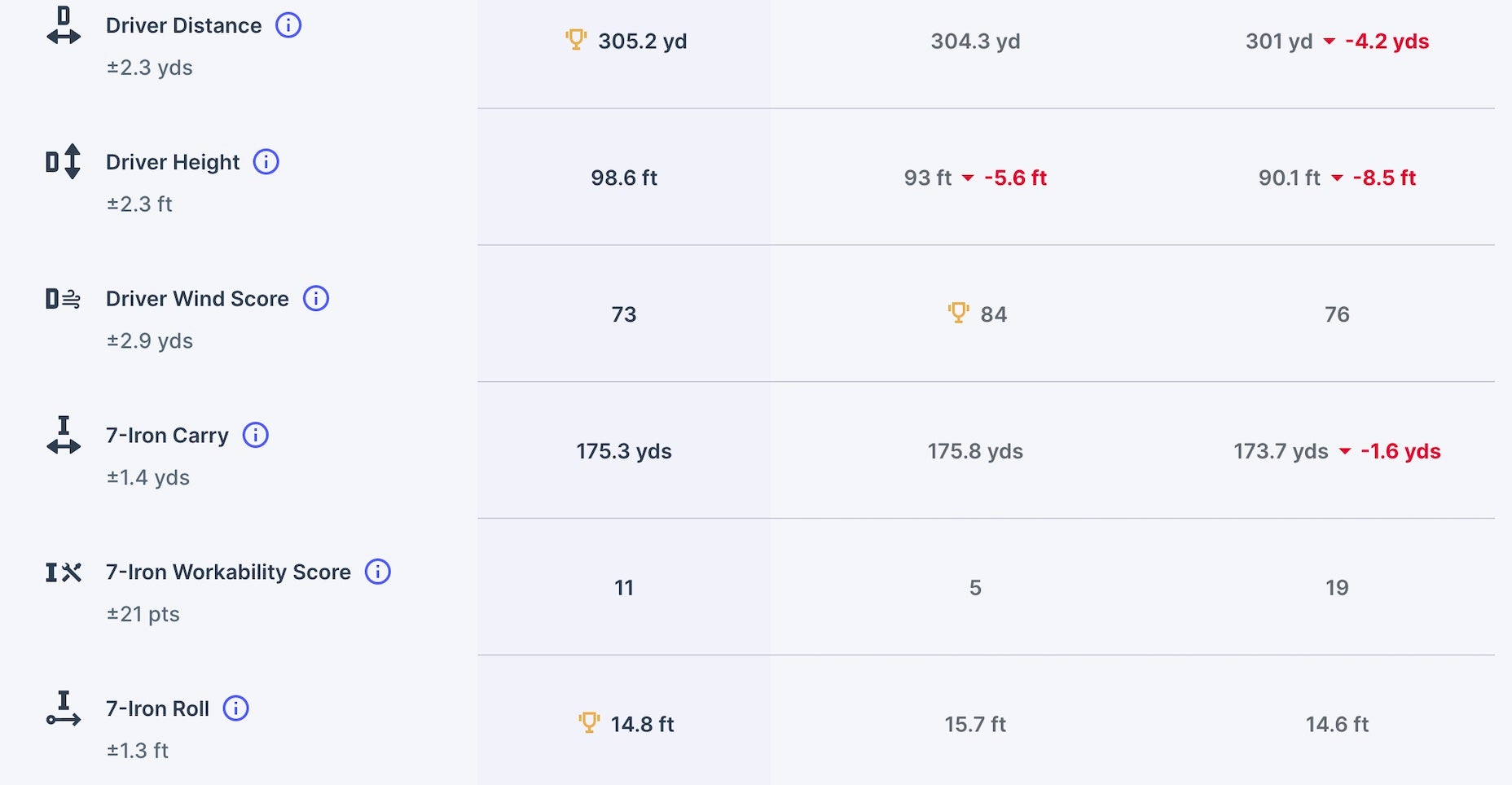
Chances are you’re going to test out the top two or three golf balls that Ballnamic suggests. But instead of simply going with the best option, it might be a good idea to see if you can find a ball for certain course and wind conditions.
For example, you might choose the better all-around ball for a day when the conditions are fairly normal and the wind isn’t an issue. But if you happen to show up to the course on a day when it’s blowing 35 mph, it might make sense to go with the ball that excelled in “Drive Wind Score” (see the above image).
The beauty of Ballnamic is in its ability to suggest the best ball for certain conditions. Having this kind of info at your fingertips before a round can be a game-changer.
Know YOUR game
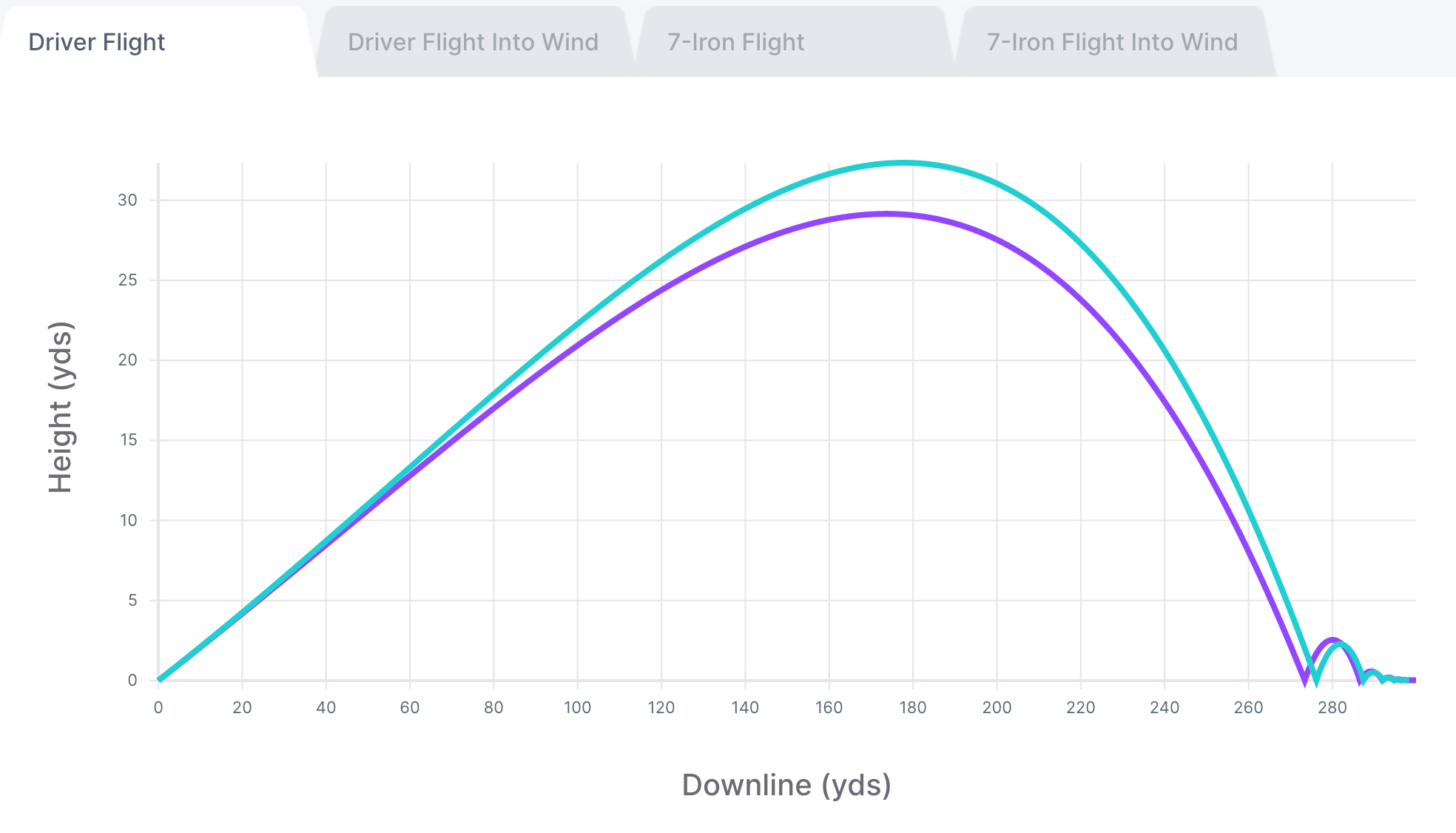
When going through the initial Ballnamic questionnaire, it’s going to be important to take a good hard look at your own game and your goals.
First of all, do you know how far you actually hit your driver? Do you know how far you actually hit your 7 iron?
Most golfers tend to overestimate their distances through the bag, but within the Ballnamic platform, lying simply doesn’t help at all. If your foot size is a size 10, then telling the employee at Foot Locker you’re a size 12 helps no one.
The goal here is to find a ball that matches your particular speed, launch and spin, so it won’t help much if you’re not reporting accurate information about your game.
Also, you’ll want to think deeply about what you want from your game.
Do you want to hit the ball higher or lower? Do you want to spin the ball more or less with your irons?
For most golfers, the best way to truly understand their own game will be to get onto a launch monitor system that will give you feedback on ball speed, launch, carry, spin and distance. This will allow you to gain a true understanding of your current performance and weaknesses, and you can then use those numbers as you fill out the Ballnamic questionnaire.
Everyone wants to play the ball that’s right for them, and it starts with looking into the mirror of your golf game.
Also, don’t be surprised if the golf ball that’s the best match for you isn’t the golf ball you’re playing right now. There are a lot of golf balls on the market, and all of them are designed to perform slightly differently. There’s no way to fully test every single golf ball out there, but that’s why this system is so helpful. My advice is to use the feedback from Ping’s Ballnamic software to start testing out the ball options they recommend. Pick up a sleeve of each golf ball and start hitting putts, chips, iron shots and drives with those golf balls to see the differences. You may like the results, or you may still prefer your old ball, but gaining more information about your likes and dislikes is always a good thing.
Putter and price priority

Locating the right ball is about more than driver carry numbers and iron spin rates. You need to like how it feels coming off the putter face. For some golfers, it’s a firmer feel (we see you, Tiger); for others, it might need to have a buttery soft feel at impact.
No matter where you fall in the putter feel debate, it’s one of those feel benefits that can make or break a ball during testing.
Something else that needs to be considered? Price point. We’d all love to spend $45 per dozen without blinking, but the reality is some of us play this game on a budget, and there’s nothing wrong with that. Having the ability to choose your preferred price preference will make the ball selection process that much easier.
Want to overhaul your bag for 2021? Find a fitting location near you at GOLF’s affiliate company True Spec Golf. For more on the latest gear news and information, check out our latest Fully Equipped podcast below.

